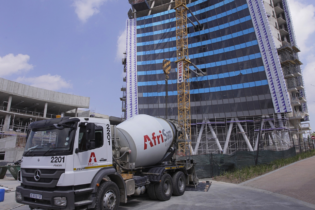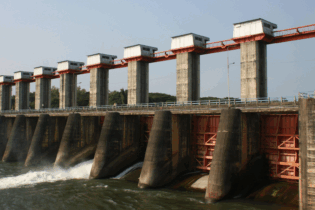As more businesses and individuals pursue initiatives to boost water supply the issue of red tape around water provision has come under the spotlight.
With fresh water designated as a national resource, it can become a complex matter for private entities to engage in bulk supply for commercial purposes says SRK Consulting senior environmental consultant Scott Masson. The good news is that many government agencies are proactively helping to clarify the legal requirements and facilitate the necessary steps that compliance demands. “The Department of Water and Sanitation, for example, are talking to us directly about various details of the application processes for abstracting water, and are working to speed up the bureaucratic process where possible,” notes SRK associate partner and principal consultant Sharon Jones. “It has become more complex as there are now certain exemptions in place for requirements such as Environmental Impact Assessments (EIAs) – and it is important to understand which legislation allows such exemptions and which does not.”New directives
While a large project involving a bulk water supply would normally have to undertake a lengthy and detailed EIA process, the Western Cape Department of Environmental Affairs issued Section 30A directives to all the province’s municipalities in May 2017. “Section 30A of the National Environmental Management Act (NEMA) allowed for these directives to be issued after the Western Cape was declared a disaster area – triggering an emergency situation in terms of NEMA,” says Masson. “These directives are essentially instructions to municipalities, who are the water service providers in their areas, to identify alternative water sources; they are also released from the normal EIA requirements when doing this.”However, municipalities are still required to have the necessary management measures in place to ensure their duty of care in protecting the environment when implementing such water projects; these measures usually include a generic environmental management programme.
The intention of the directive is just to give municipalities the ability to implement projects more quickly, given the severity of the drought.







